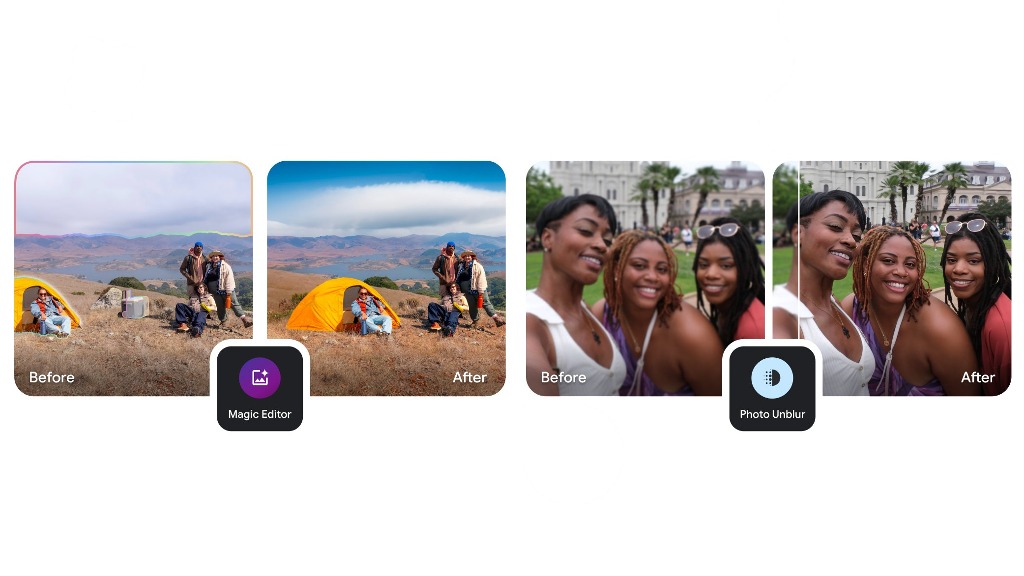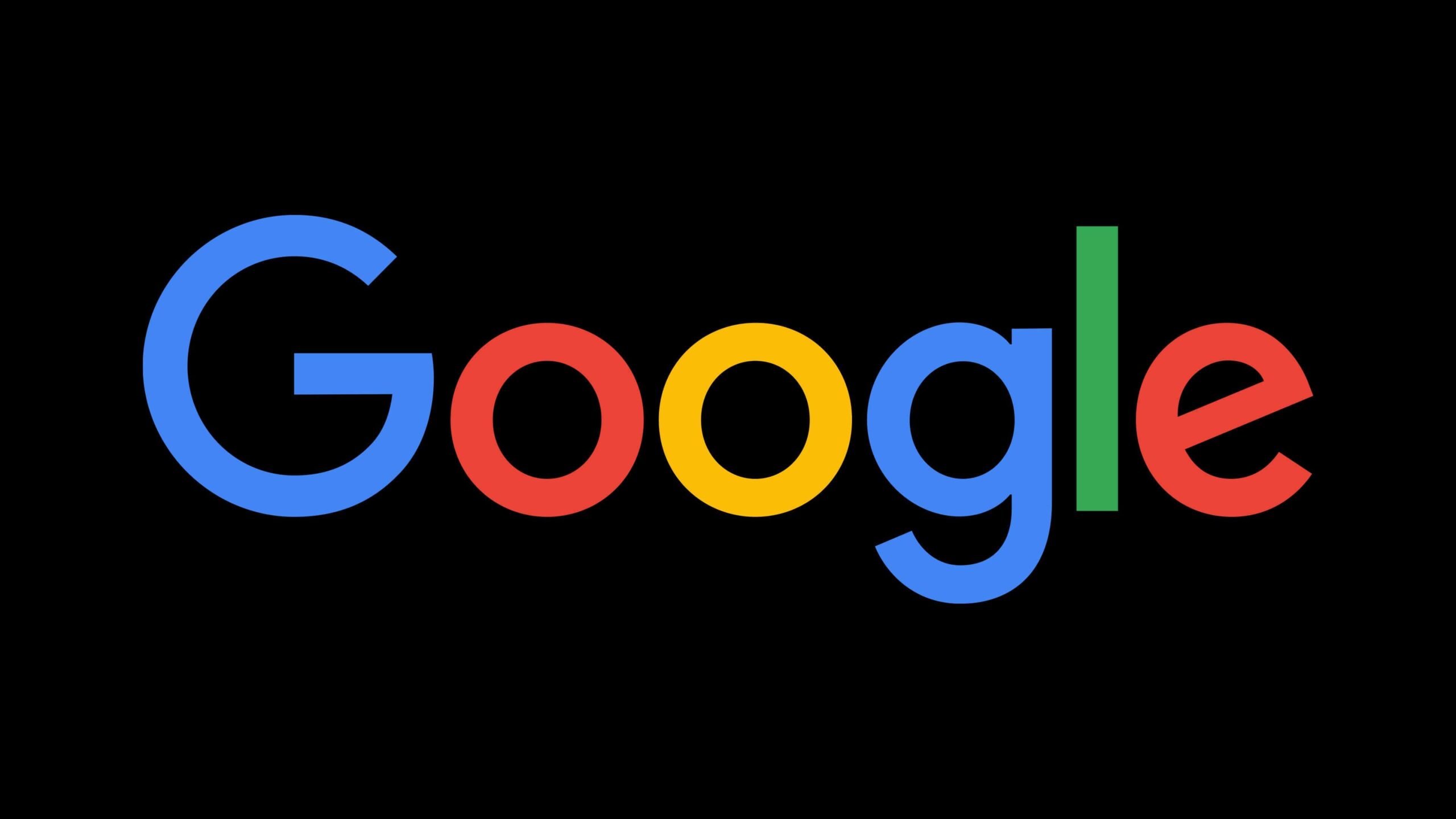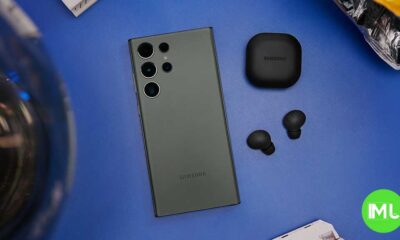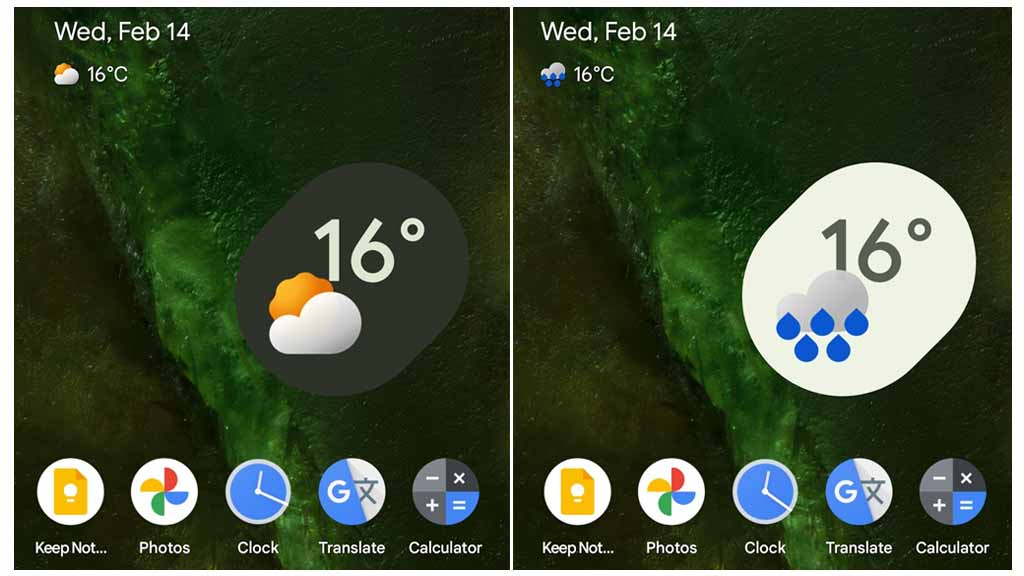Google Photos adds AI-edit labels for transparent image information

In response to the growing impact of generative AI on image editing, Google is introducing a new feature in Google Photos to identify AI-edited images. This update aims to increase transparency around AI-powered changes, making it easier for users to know which images have been digitally enhanced or altered using AI tools.
How AI-Edited Images Are Labeled in Google Photos
With this update, a new “AI info” section will appear in the “Details” view when you swipe up an image in Google Photos. This section will identify edits made with AI when certain metadata is present. The new labels are designed to display on images edited through AI in Google’s tools, such as Google Photos on Android, iOS, and the web.
When an AI edit is detected, users will see phrases like:
- “Edited with Google AI” or “Made by Google AI” in the “Credit” field.
- “Digital source type” offers further specifics:
- Edited using Generative AI: This applies to popular tools like Magic Editor, Magic Eraser, and Zoom Enhance, which allow users to quickly remove objects, improve lighting, or adjust image composition. While Zoom Enhance is exclusive to Google’s Pixel phones, the Magic tools are accessible to all users on Android and iOS.
- Composite of captured elements: Features like “Best Take” and “Add Me” are also identified, although they don’t use generative AI and are exclusive to Pixel devices. These tools create a new composition using captured elements rather than a real, single-shot moment.
Supporting Industry Standards and Compatibility
Google’s labeling method aligns with international metadata standards set by the International Press Telecommunications Council (IPTC). This adherence ensures that even images edited with third-party software following IPTC standards will also display the new AI information, as long as they include the required “Credit” and “Digital Source Type” fields.
Rollout and Broader Transparency Goals
Starting next week, the AI-edit labeling will begin rolling out to Google Photos users across all supported platforms. Google has highlighted the importance of responsible AI use and noted that it aims to bring transparency by joining the Coalition for Content Provenance and Authenticity (C2PA), a group focused on content authenticity.
By introducing this labeling, Google emphasizes how generative AI is making tasks like object removal, lighting adjustments, and composition changes simpler and quicker, tasks that once required extensive editing skills. Google aims to provide users with more transparent information, enabling them to identify AI alterations easily.
As AI continues to evolve, Google intends to expand transparency measures around digital edits, with this initial step marking a new phase in AI-powered photography tools.
New Pixel Watch feature simplifies phone swaps
Google has introduced a smart new tool for Pixel Watch owners to ease the transition when upgrading to a new phone. The latest Pixel Watch app update (version 2.2) now includes a “Switch phone” prompt that pops up when the app notices your watch is linked to a different device. This alert, visible on the app’s home screen, guides you to connect your watch to the new phone effortlessly.
The feature walks users through the steps to transfer their Pixel Watch, ensuring a smooth setup. Once completed, the prompt vanishes, and the app updates to show the new connection. It supports all models—Pixel Watch, Pixel Watch 2, and Pixel Watch 3—but requires the newest app version, so you may need to update.
This addition addresses a common hassle where users forget to re-pair their watch after switching phones, which can lead to syncing issues. However, the reminder might feel a bit insistent for those not ready to make the switch immediately. It’s unclear if you can turn off the prompt for good.
Google’s attention to practical tweaks like this highlights their commitment to improving user experience. The phone switch feature saves time and reduces frustration, especially for frequent phone upgraders. If you’ve recently changed phones, open the Pixel Watch app to check out this helpful tool.
Android
Google’s May 2025 Android updates: better performance and messaging

Google’s May 2025 Android updates bring exciting changes to improve how your phone works and how you message. These updates focus on making devices faster, safer, and more user-friendly.
One big change is to Android’s memory system. By increasing the memory page size from 4KB to 16KB on newer devices, apps can load quicker and use less power. This helps phones, especially those with modern chips, run smoothly and save battery life. Older devices will stick with the smaller page size to avoid issues.
The Google System Updates for May also add new features. Google Wallet now supports more card types and makes transit passes easier to use in apps like Google Maps. The Play Store now shows video previews of apps, helping you decide what to download. There are also fixes to improve battery life, storage, and network performance, making your phone more reliable.
For Google Messages, a new “delete for everyone” feature lets you remove sent messages from group chats within 15 minutes. This works for both RCS and SMS, so you can fix mistakes easily. Other messaging upgrades include better scam detection and the ability to send high-quality photos and videos. These updates show Google’s effort to make Android devices faster, more secure, and better for communication. Keep your phone updated to enjoy these improvements!
Smart home and navigation upgrades for easier living

Google Maps is making driving more fun with a new feature for Android Auto and Apple CarPlay. Now, you can pick different car icons to show your vehicle on the map. Choose from options like a sleek sedan, a rugged SUV, or a cool arrow.
This small change adds a personal touch to your navigation and is rolling out to all users soon. Meanwhile, Ecobee’s Smart Doorbell Camera is getting a big upgrade with Google Home support. You can now see who’s at your door right from the Google Home app, view live video, and even talk to visitors.
If you have a Nest Hub, the doorbell feed pops up automatically when someone rings. This feature, already available for Ecobee’s thermostat, makes your smart home setup smoother and is available now for all users. On the AI front, Google’s Gemini app is getting smarter with the Gemini 2.5 Pro preview.
This update improves coding skills, helping developers create better apps and websites. It also handles video and text tasks more effectively. The preview is out for everyone to try, with Google planning to share more at its I/O 2025 event. These updates from Google and Ecobee bring small but meaningful improvements, making your car rides, home security, and digital tasks easier and more enjoyable.
-

 Apps1 year ago
Apps1 year agoGboard Proofread feature will support selected text
-

 News1 year ago
News1 year agoSamsung USA crafting One UI 6.1.1
-

 News1 year ago
News1 year agoBreaking: Samsung Galaxy S22 may get Galaxy AI features
-

 News1 year ago
News1 year agoSamsung Galaxy S23 Ultra with One UI 6.1 and all S24 AI features revealed
-

 News1 year ago
News1 year agoOne UI 6.1 Auracast (Bluetooth LE Audio) feature coming to many Samsung phones
-

 News1 year ago
News1 year agoSatellite SOS feature coming to Google Pixel phones, evidence leaked
-

 Apps12 months ago
Apps12 months agoGoogle’s fancy new Weather app is finally available for more Android phones
-

 Apps10 months ago
Apps10 months agoGoogle Contacts app testing new Besties Widget




